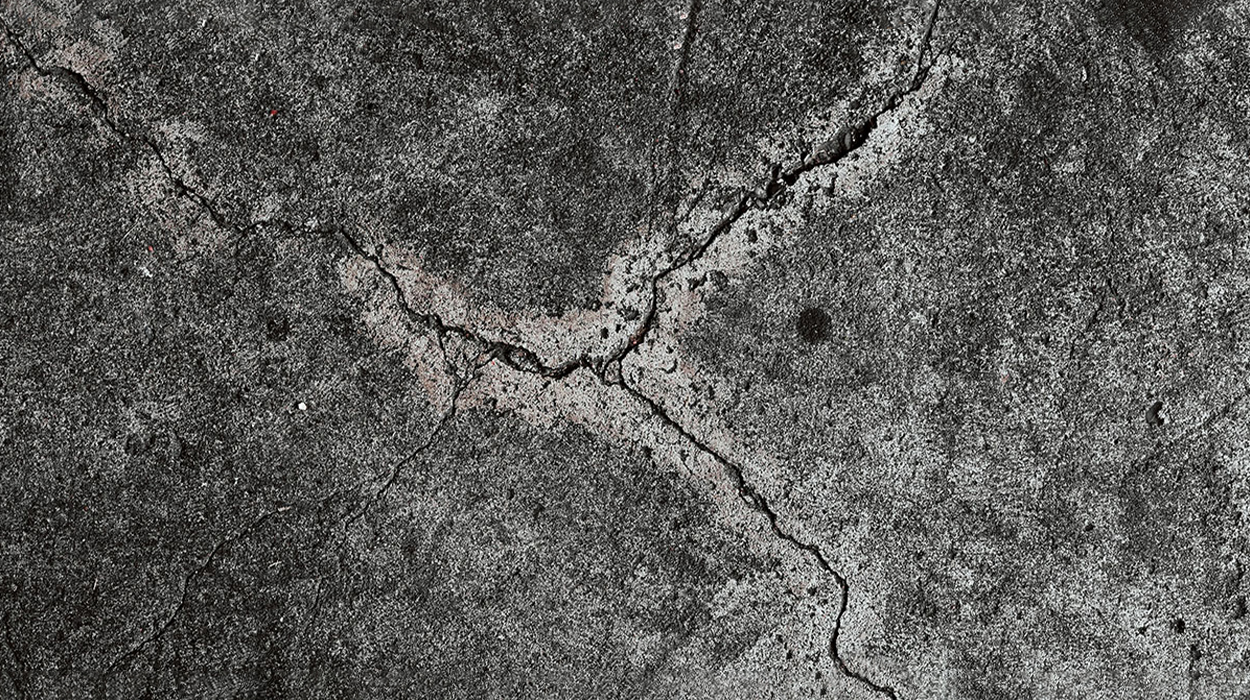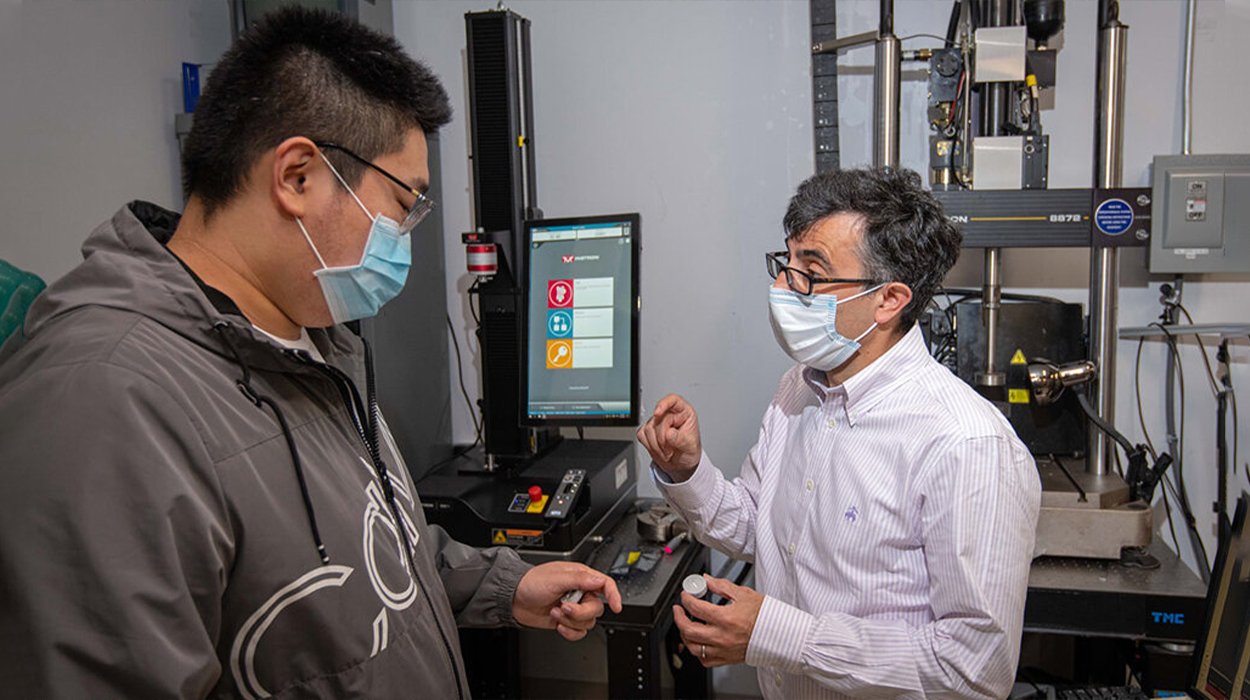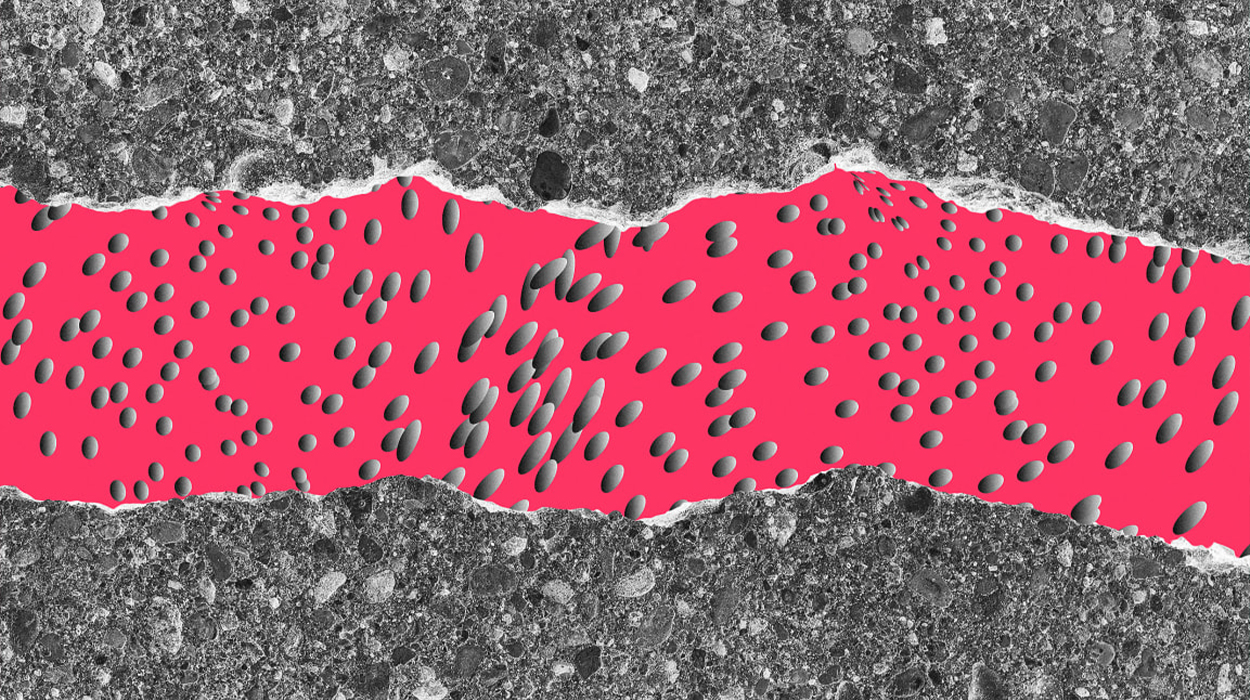
Chemical Catalyst Creates Regenerating Concrete
Behind only water, concrete is the second most widely used substance in the world. The 2.8 billion tons of carbon dioxide…

Behind only water, concrete is the second most widely used substance in the world. The 2.8 billion tons of carbon dioxide…

Researchers at Worcester Polytechnic Institute (WPI) are using an enzyme found in red blood cells to create…

It looks a little like magic: When a crack forms in this new concrete, the material begins to fill in the gap itself…
© 2023 Enzymatic, inc. All Rights Reserved.